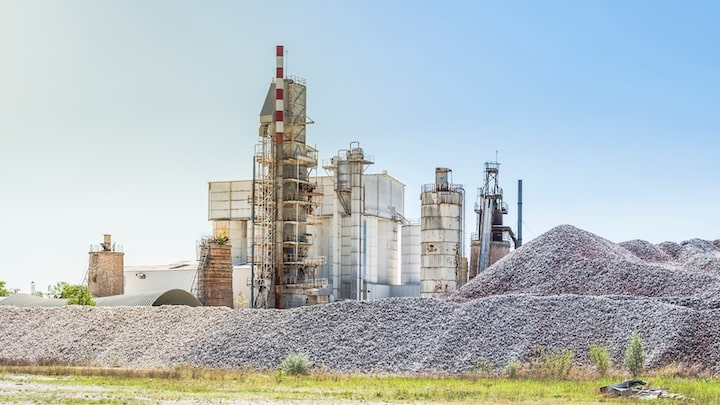Could a strategic lithium reserve kickstart US supply chain development?
NEW YORK -- A strategic lithium reserve is being mooted as a solution to stabilize volatile prices that have hindered American mining projects, allowi
Current Access Level “I” – ID Only: CUID holders, alumni, and approved guests only
Reports by Edmund Downie • August 25, 2021
This report represents the research and views of the author. It does not necessarily represent the views of the Center on Global Energy Policy. The piece may be subject to further revision. Contributions to SIPA for the benefit of CGEP are general use gifts, which gives the Center discretion in how it allocates these funds. More information is available at Our Partners. Rare cases of sponsored projects are clearly indicated. For a full list of financial supporters of the Center on Global Energy Policy at Columbia University SIPA, please visit our website at Our Partners. See below a list of members that are currently in CGEP’s Visionary Annual Circle.
(This list is updated periodically)
Air Products
Anonymous
Jay Bernstein
Breakthrough Energy LLC
Children’s Investment Fund Foundation (CIFF)
In September 2020, China announced its intentions to peak carbon emissions by 2030 and achieve carbon neutrality by 2060. The neutrality goal in particular was a breakthrough for global climate ambitions: a net-zero target from the world’s largest emitter, responsible for around one-quarter of global greenhouse gas (GHG) emissions.
The two new goals—referred to in Chinese policy discourse as the “30-60” goals—are not China’s first public targets on GHG reduction. They are, however, the centerpieces of a new Chinese climate policy in which GHG cuts are a standalone goal rather than an ancillary benefit of more immediate priorities like energy efficiency and industrial upgrading. Prior approaches had required little engagement from firms in carbon management. Indeed, none of the largest Chinese firms in the coal power, cement, and steel sectors had publicized quantitative targets for reducing or controlling carbon emissions before the government announced the 30-60 goals. They faced little pressure to do so; authorities pressed firms in climate-adjacent areas like reducing air pollution rather than carbon management. The 30-60 announcement appears to mark a break from this era, forcing firms to adjust accordingly.
This report, part of the China Energy and Climate Program at Columbia University’s Center on Global Energy Policy, assesses how China’s high-emitting industries have responded to the 30-60 targets and the accompanying elevation of climate within national policy priorities. It focuses on corporate and sectoral emissions reduction targets through June 2021 among 30 major firms in three of China’s largest sources of direct emissions: coal power generation, cement, and steel. Based on this study, the author finds the following:
Observers should watch for the release of key policy documents over the coming months, particularly national sectoral five-year plans and emissions peaking action plans, to see whether Chinese officials are sending the signals needed for firms to start ratcheting up their long-term ambitions.
CGEP scholars reflect on some of the standout issues of the day during this year's Climate Week

Amid plans to nearly double its steel production capacity by 2030 to serve its growing infrastructure needs, the world’s No. 2 steel producer India has released plans to reduce greenhouse gases from the sector, which account for about 10 percent of the nation’s total emissions.

This report explores financial policy instruments that can make first-of-a-kind (FOAK) near-zero emission industrial facilities viable.

Full report
Reports by Edmund Downie • August 25, 2021